 W
WThe Batek people are an indigenous Orang Asli people ; belonging to the Semang group, who live in the rainforest of peninsular Malaysia. As a result of encroachment, they now primarily inhabit the Taman Negara National Park. They are nomadic hunters and gatherers, so the exact location of their settlements change within the general confines of the area that they inhabit.
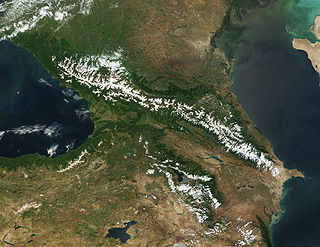 W
WCaucasus hunter-gatherer (CHG), also called Satsurblia Cluster is an anatomically modern human genetic lineage, first identified in a 2015 study, based on the population genetics of several modern Western Eurasian populations.
 W
WThe Chenchus are a Dravidian tribe, a designated Scheduled Tribe in the Indian states of Andhra Pradesh, Telangana, Karnataka and Odisha. They are an aboriginal tribe whose traditional way of life been based on hunting and gathering. The Chenchus speak the Chenchu language, a member of the Dravidian language family. In general, the Chenchu relationship to non-tribal people has been largely symbiotic. Some Chenchus have continued to specialize in collecting forest products for sale to non-tribal people. Many Chenchus live in the sparse and deciduous Nallamala forest of Andhra Pradesh.
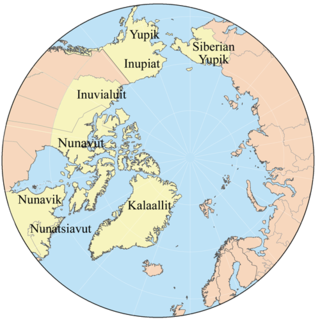 W
WEskimo or Eskimos is a term used to refer to two closely related Indigenous peoples: The Inuit and the Yupik of eastern Siberia and Alaska. A related third group, the Aleut, which inhabit the Aleutian Islands, are generally excluded from the definition of Eskimo. The three groups share a relatively recent common ancestor, and speak related languages belonging to the Eskimo–Aleut language family.
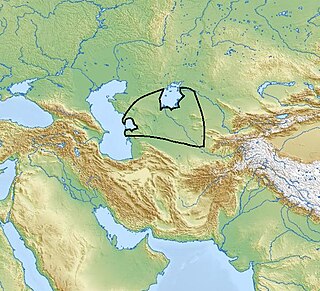 W
WThe Kelteminar culture was a Neolithic archaeological culture of sedentary fishermen occupying the semi-desert and desert areas of the Karakum and Kyzyl Kum deserts and the deltas of the Amu Darya and Zeravshan rivers in the territories of ancient Kazakhstan, Turkmenistan, and Uzbekistan.
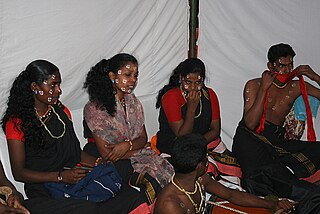 W
WThe Mavilan are a Scheduled Tribe of Kerala, India. They inhabit the hill country of the Kannur and Kasaragod districts, where they were traditionally hunter-gatherers and practised shifting cultivation. In recent times, their way of life has been affected by regulation of forest areas and by incursion of non-tribal communities.
 W
WMentawai people are the native people of the Mentawai Islands, in Siberut, about 100 miles from West Sumatra province, Indonesia. They live a semi-nomadic hunter-gatherer lifestyle in the coastal and rainforest environments of the islands and are also one of the oldest tribes in Indonesia. The Mentawai population is estimated to be about 64,000. The Mentawai tribe is documented to have migrated from Nias – a northern island – to the Mentawai islands, living in an isolated life for centuries until they were discovered in 1621 by the Dutch. The ancestors of the indigenous Mentawai people are believed to have first migrated to the region somewhere between 2000 to 500 BCE. The Mentawai language belongs to the Austronesian language family. They follow their own animist belief system called Arat Sabulungan, that links the supernatural powers of ancestral spirits to the ecology of the rainforest. When the spirits are not treated well or forgotten, they might bring bad luck like illnesses and haunt those who forgot them. Mentawai also have very strong belief towards objects they think are holy. The people are characterized by their heavy spirituality, body art and their tendency to sharpen their teeth, a practice they feel makes one beautiful. Mentawai tend to live in unison and peace with the nature around them because they believe that all things in nature have some kind of spiritual essence.
 W
WThe Mlabri or Mrabri are an ethnic group of Thailand and Laos, and have been called "the most interesting and least understood people in Southeast Asia". Only about 400 or fewer Mlabris remain in the world today, with some estimates as low as 100. A hill tribe in northern Thailand along the border with Laos, they have been groups of nomadic hunter-gatherers. Those in Thailand live close to the Hmong and northern Thai. Those living in Laos live close to other ethnic groups.
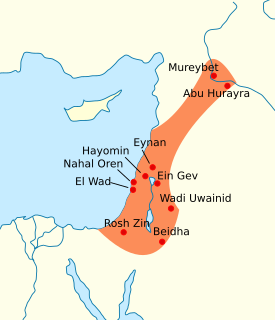 W
WThe Natufian culture is a Late Epipaleolithic archaeological culture of the Levant, dating to around 15,000 to 11,500 years ago. The culture was unusual in that it supported a sedentary or semi-sedentary population even before the introduction of agriculture. The Natufian communities may be the ancestors of the builders of the first Neolithic settlements of the region, which may have been the earliest in the world. Some evidence suggests deliberate cultivation of cereals, specifically rye, by the Natufian culture, at Tell Abu Hureyra, the site of earliest evidence of agriculture in the world. The world's oldest evidence of bread-making has been found at Shubayqa 1, a 14,500-year-old site in Jordan's northeastern desert. In addition, the oldest known evidence of beer, dating to approximately 13,000 BP, was found at the Raqefet Cave in Mount Carmel near Haifa in Israel.
 W
WThe Orang Batin Sembilan, Orang Rimba or Anak Dalam are mobile, animist peoples who live throughout the lowland forests of southeast Sumatra. Kubu is a Malay exonym ascribed to them. In the Malay language, the word Kubu can mean defensive fortification, entrenchment, or a place of refuge. It is metaphor for how the majority and dominant Islamic Melayu villagers believe them to use the interior forests as a means for resisting inclusion in the larger Malay social and Islamic religious world. As is the case with other forest peoples in the region, the term Kubu is associated with very negative connotations.
 W
WThe Penan are a nomadic indigenous people living in Sarawak and Brunei, although there is only one small community in Brunei; among those in Brunei half have been converted to Islam, even if only superficially. Penan are one of the last such peoples remaining as hunters and gatherers. The Penan are noted for their practice of 'molong' which means never taking more than necessary. Most Penan were nomadic hunter-gatherers until the post-World War II missionaries settled many of the Penan, mainly in the Ulu-Baram district but also in the Limbang district. They eat plants, which are also used as medicines, and animals and use the hides, skin, fur, and other parts for clothing and shelter.
 W
WIn anthropology, pygmy peoples are ethnic groups whose average height is unusually short. The term pygmyism is used to describe the phenotype of endemic short stature for populations in which adult men are on average less than 150 cm tall.
 W
WRaute & janjati are a nomadic gypsy ethnic group officially recognized by the Government of Nepal. They are known for subsistence hunting of langur and macaque monkeys. They gather wild forest tubers, fruits, and greens on a regular basis. To obtain grain (rice), iron, cloth, and jewelry, they carve wooden bowls and boxes to trade for goods from local farmers. They do not sell other forest products, bushmeat, or forest medicinal plants. Raute do not share their language, hunting strategies and worship practices to the villagers to maintain their cultural purity. These days, they are accepting gifts and allowances from the government and non-government organizations in regular basis.
 W
WThe Semang are an ethnic-minority group of the Malay Peninsula. They are found in mountainous and isolated forest regions of Perak, Pahang, Kelantan and Kedah of Malaysia and the southern provinces of Thailand.
 W
WThe Sentinelese, also known as the Sentineli and the North Sentinel Islanders, are an indigenous people who inhabit North Sentinel Island in the Bay of Bengal in the northeastern Indian Ocean. Designated a Particularly Vulnerable Tribal Group and a Scheduled Tribe, they belong to the broader class of Andamanese peoples.
 W
WThe Yukaghirs, or Yukagirs are a people in the Russian Far East, living in the basin of the Kolyma River.